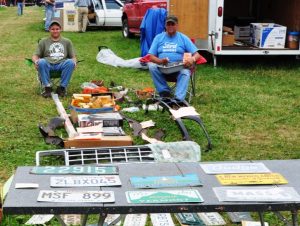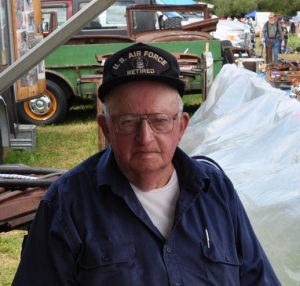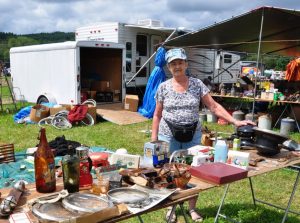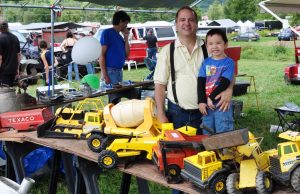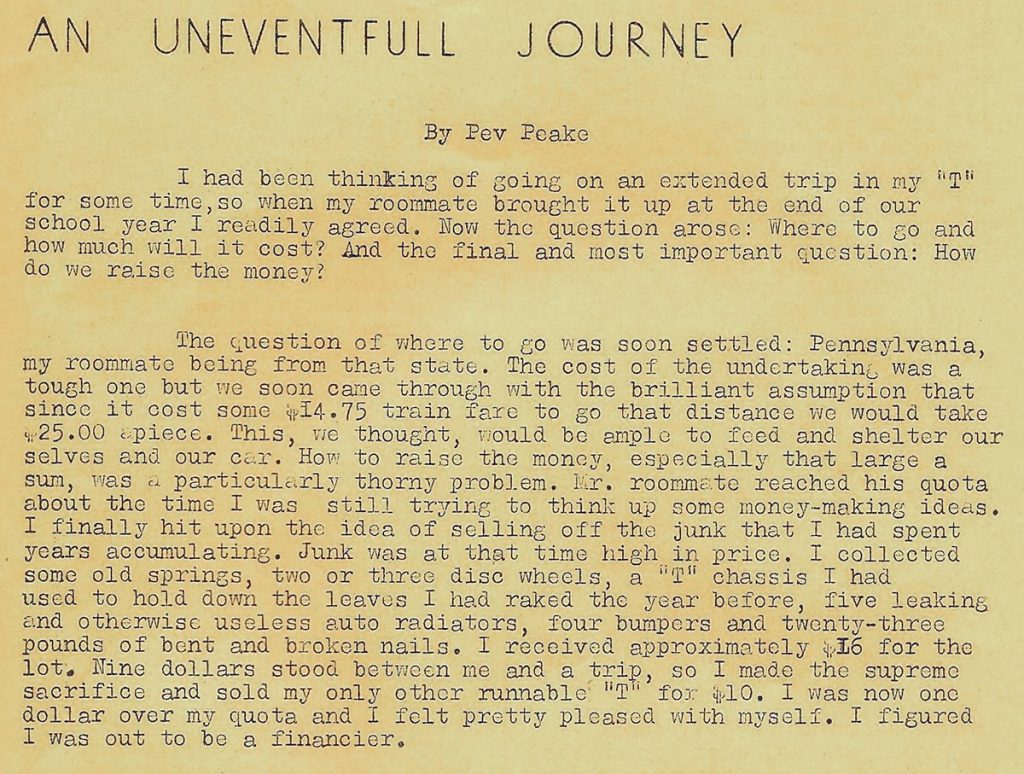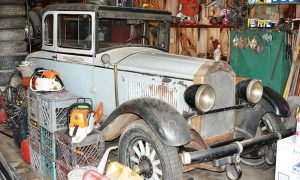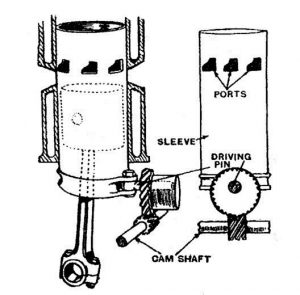I have passed along the tip of using a 50/50 mixture of ATF and Acetone as an alternative to penetrating oil. Anybody who has turned a wrench on a daily driver, or restored their pride and joy knows what happens to all the hardware on our vehicles here in the wet, snowy salty northeast. There is a reason the northeast is referred to as the rust belt.
I have used both PB Blaster and Liquid Wrench for years. Of the two, I had a preference for PB Blaster.
I have mixed up the ATF/Acetone mixture for small jobs, but found it to be time consuming and hard to brush the mixture on to frozen hardware as needed. I recently bought an inexpensive oil can and filled it with the ATF/Acetone mixture. This will be my dedicated penetrating fluid can. I will use this as my first plan of attack when I am confronted by frozen hardware, and report back with the results. I’m already quite pleased with the savings. This concoction is a lot more economical than com-mercially available penetrating oils. Word of caution: Acetone is a solvent, and will mar paint and plastics.
Not convinced? Here’s the cold, hard facts from the April/May 2007 edition of Machinist’s Workshop. They did a test of penetrating oils where they measured the force required to loosen rusty test devices. The results reported were interesting. (The lower the number of pounds the better).
Penetrating oil Average load Price per fluid ounce
- None …………………516 pounds
- WD-40 ………………238 pounds ……$0.25
- PB Blaster …………214 pounds .. $0.35
- Liquid Wrench ……127 pounds ……$0.21
- Kano Kroil …………106 pounds ……$0.75
- ATF-Acetone mix…53 pounds ……. $0.10
-
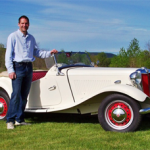 Please email all inquiries to: Dave
Please email all inquiries to: Dave
or snail mail
32 Turkey Hill Road
Richmond VT 05477










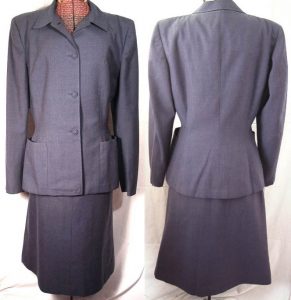 American designers came to the forefront in the fashion world with the closing of the Parisian fashion houses, boosting such designers as
American designers came to the forefront in the fashion world with the closing of the Parisian fashion houses, boosting such designers as 